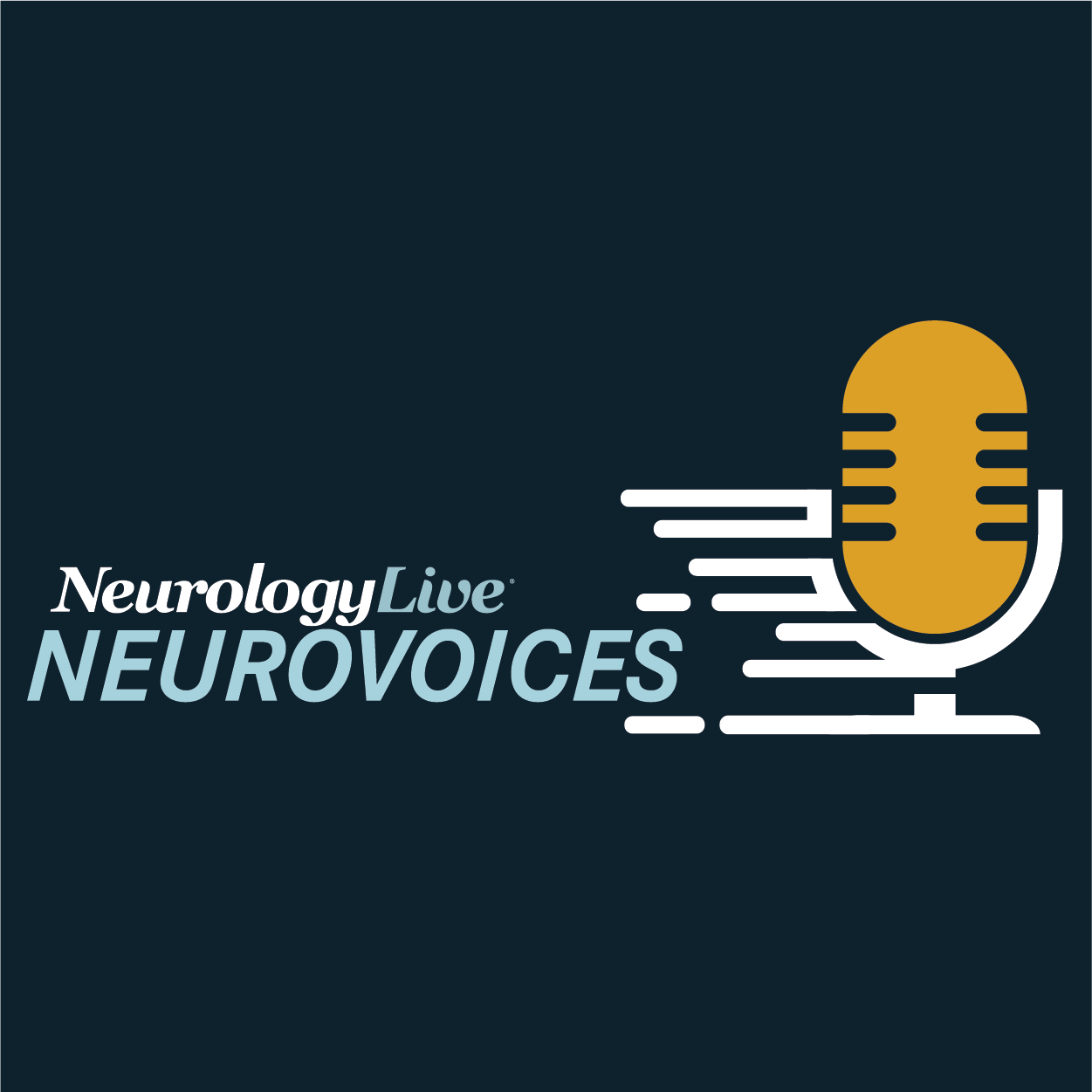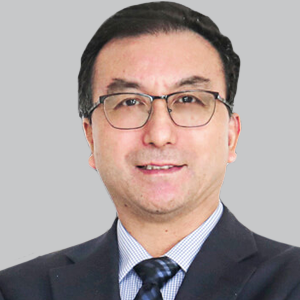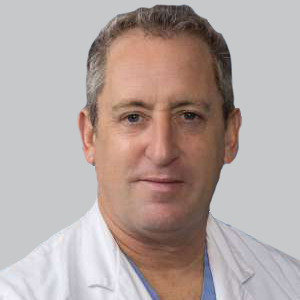News
Article
Real-World Study Highlights Immunotherapy Trends and Effectiveness in NMOSD and MOGAD
Author(s):
Key Takeaways
- Rituximab and azathioprine are the most commonly used immunotherapies for NMOSD and MOGAD, with rituximab preferred as first- and second-line treatment.
- Immunotherapy significantly reduces attack rates in NMOSD, but shows limited efficacy in MOGAD, highlighting a need for optimized treatment strategies.
A large registry-based study analyzed treatment patterns and attack risks in neuromyelitis optica spectrum disorder and myelin oligodendrocyte glycoprotein antibody-associated disease.
Vivien Häußler, MD
(Credit: ResearchGate)

The Neuromyelitis Optica Study Group (NEMOS) has a real-world study newly published in the Journal of Neurology, Neurosurgery and Psychiatry of over 490 patients with neuromyelitis optica spectrum disorder (NMOSD) and myelin oligodendrocyte glycoprotein antibody-associated disease (MOGAD) that provided insights into the evolving use of immunotherapies, showing significant treatment effects in NMOSD but more limited efficacy in MOGAD.1
The study, conducted across 20 centers in Germany and Austria, examined 1247 treatment courses in 493 patients, including those diagnosed with aquaporin-4-immunoglobulin G (AQP4-IgG) seropositive NMOSD (65%), AQP4-IgG seronegative NMOSD (9%), and MOGAD (26%).2 Findings showed that rituximab and azathioprine were the most commonly used immunotherapies across all 3 disease groups, with rituximab being the preferred first- and second-line treatment. Notably, treatment choices were similar for patients who were AQP4-IgG seropositive and seronegative NMOSD, with rituximab used in about 29%–30% of cases and azathioprine in around 14% of cases.
Additional findings from the longitudinal cohort study showed that immunotherapy significantly reduced attack rates in NMOSD but had a less pronounced effect in MOGAD. In untreated cases, authors noted that the annual attack rate (AAR) was 0.80, compared with 0.42 in patients that were diagnosed with AQP4-IgG seropositive and seronegative NMOSD, and 0.63 in MOGAD. Excluding MS therapies, researchers observed that AAR dropped to 0.48 in patients with seropositive NMOSD, 0.33 in those with seronegative NMOSD, and remained nearly unchanged for individuals with MOGAD (0.67).
“This study provides valuable insights into the real-world effectiveness of immunotherapies in NMOSD and MOGAD in a changing treatment landscape. The newly approved therapies, as well as established off-label treatment, facilitate effective attack prevention in AQP4-IgG seropositive NMOSD. The future usage of these therapies with rituximab is still being most often applied, but with an obvious trend towards newer therapies, it indicates the need to further optimize treatment concepts,” lead author Vivien Häußler, MD, neurologists at University Medical Center Hamburg-Eppendorf, and colleagues wrote.1
Between 2010 and 2022, the therapeutic landscape for NMOSD and MOGAD shifted significantly, according to the investigators of the study. In 2010, traditional multiple sclerosis (MS) drugs accounted for 20.1% of treatments, and rituximab made up 29.2%. By 2018, rituximab use peaked at 60.1%, and the use of newly approved disease-specific therapies steadily rose, reaching 12.3% by 2022. Authors noted that classical MS drugs were no longer prescribed in 2022. In AQP4-IgG seropositive NMOSD, rituximab usage slightly decreased from 61.3% in 2018 to 55.0% in 2022, with first-line use remaining at 32%. In seronegative NMOSD, authors noted rituximab use dropped from 73.1% in 2019 to 53.9% in 2022, with azathioprine (30.8%) and tocilizumab (15.4%) becoming more common. In MOGAD, rituximab use also fell from 49.9% in 2018 to 37.3% in 2022.
In a multivariate analysis, invesigators identified key factors influencing attack risk and immunotherapy effectiveness in NMOSD and MOGAD. Overall, patients with MOGAD had a lower risk of attacks than those with AQP4-IgG seropositive NMOSD (HR 0.81, 95% CI 0.66–1.00, P = 0.041), while attack risk decreased with age across all subgroups. Prior relapses under the same treatment increased attack risk in those with AQP4-IgG seropositive NMOSD (HR 1.47, P <.001) and patients with MOGAD (HR 1.52, P = 0.002), but not in individuals with seronegative NMOSD. Notably, men were associated with lower attack risk in AQP4-IgG seropositive NMOSD (HR 0.74, P = 0.010).
Regarding treatment efficacy, significant attack risk reductions were observed only in patients with AQP4-IgG seropositive NMOSD, with eculizumab showing the strongest effect (no observed attacks, P <.001), followed by rituximab (HR 0.66, P =0.002) and azathioprine (HR 0.72, P =0.049). Researchers reported no significant benefit observed in patients wtih seronegative NMOSD or MOGAD, though IVIG showed the lowest HR in MOGAD (HR 0.53, P = 0.325) in a small sample of 13 patients. Authors noted that concomitant steroid use did not affect attack risk across all groups (P = 0.848).
Researchers also analyzed immunotherapies used after rituximab failure in patients with AQP4-IgG-positive NMOSD, assessing attack-free survival rates over time. Results showed that eculizumab had the greatest benefit, improving attack-free rates by 36 and 46 percentage points at 2 and 4 years, respectively. Furthermore, combining rituximab with another therapy also increased attack-free survival (+18 and +20 percentage points), and IL-6 receptor inhibitors had minimal impact. Multivariate analysis confirmed a significant risk reduction only with eculizumab (P <.001).
All told, the current has several limitations. Its retrospective design might have introduced biases in data collection and selection, particularly since most of the patient centers were tertiary care facilities, potentially leading to recruitment bias. The cohort also underrepresented pediatric patients, which authors noted as a key group in MOGAD. The lack of randomization may have resulted in more aggressive cases receiving treatments presumed to be more effective, leading to both over- and underestimation of treatment efficacy. Additionally, the long study period spanned significant changes in diagnostics and treatment approaches, complicating result interpretation. Some treatment groups, especially for newer therapies, had small sample sizes, limiting analysis. Lastly, safety and tolerability were not assessed, which are factors that can influence treatment outcomes.
“Further studies are needed to address the comparative effectiveness as well as the safety and tolerability of these immunotherapies to evolve stepwise therapeutic algorithms. In MOGAD, the treatment of choice remains less clear,” Häußler et al noted.1 “Although some effects of rituximab as well as azathioprine can be assumed, it seems to be less effective than in NMOSD; for other therapeutic alternatives, only small case series19 20 or data in significantly younger populations are available. Further treatment studies are urgently needed, ideally in a prospective, randomized setting.”





